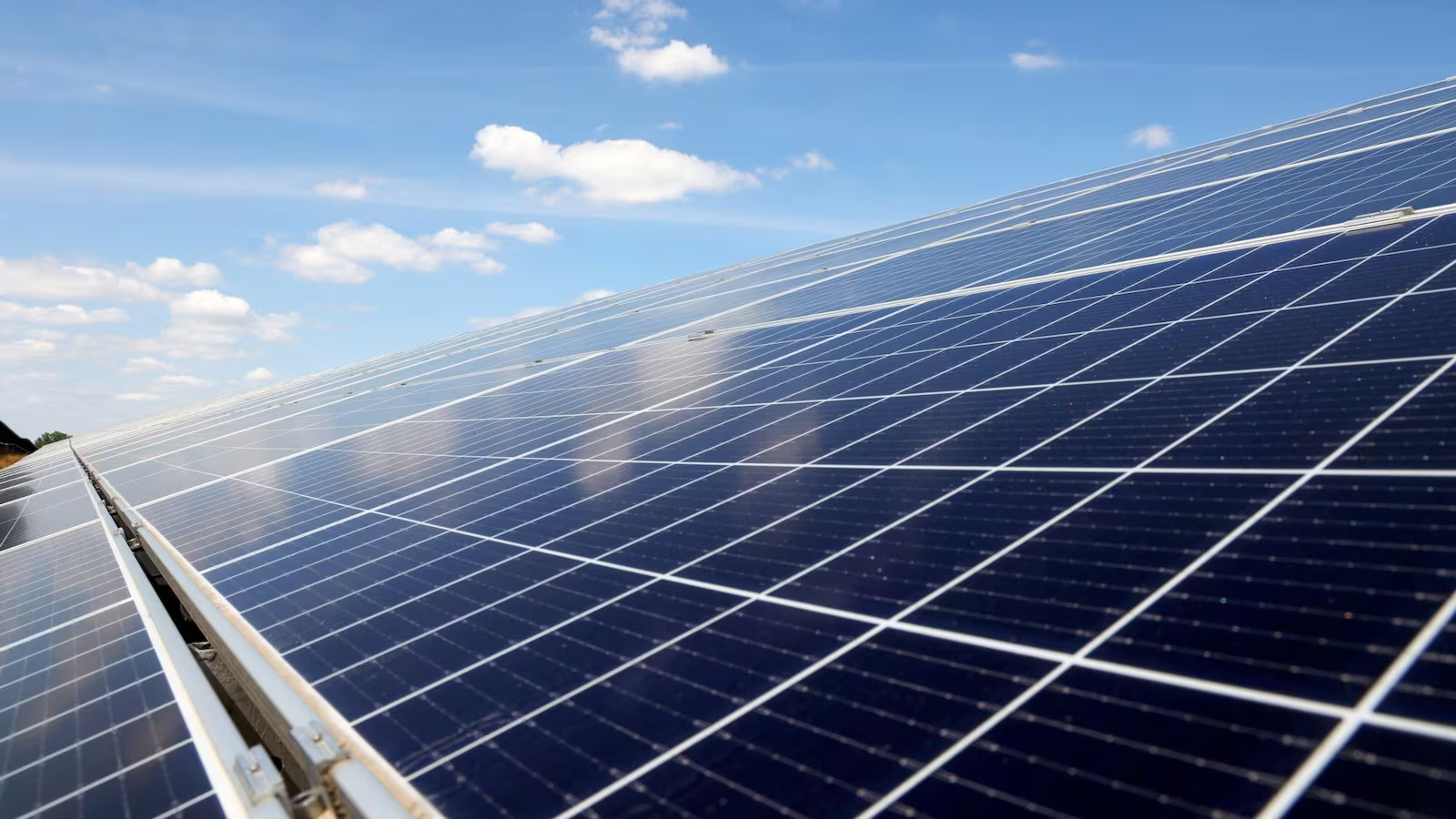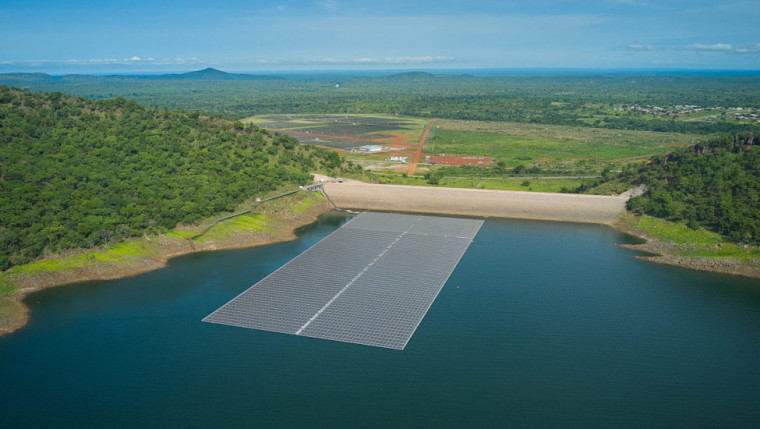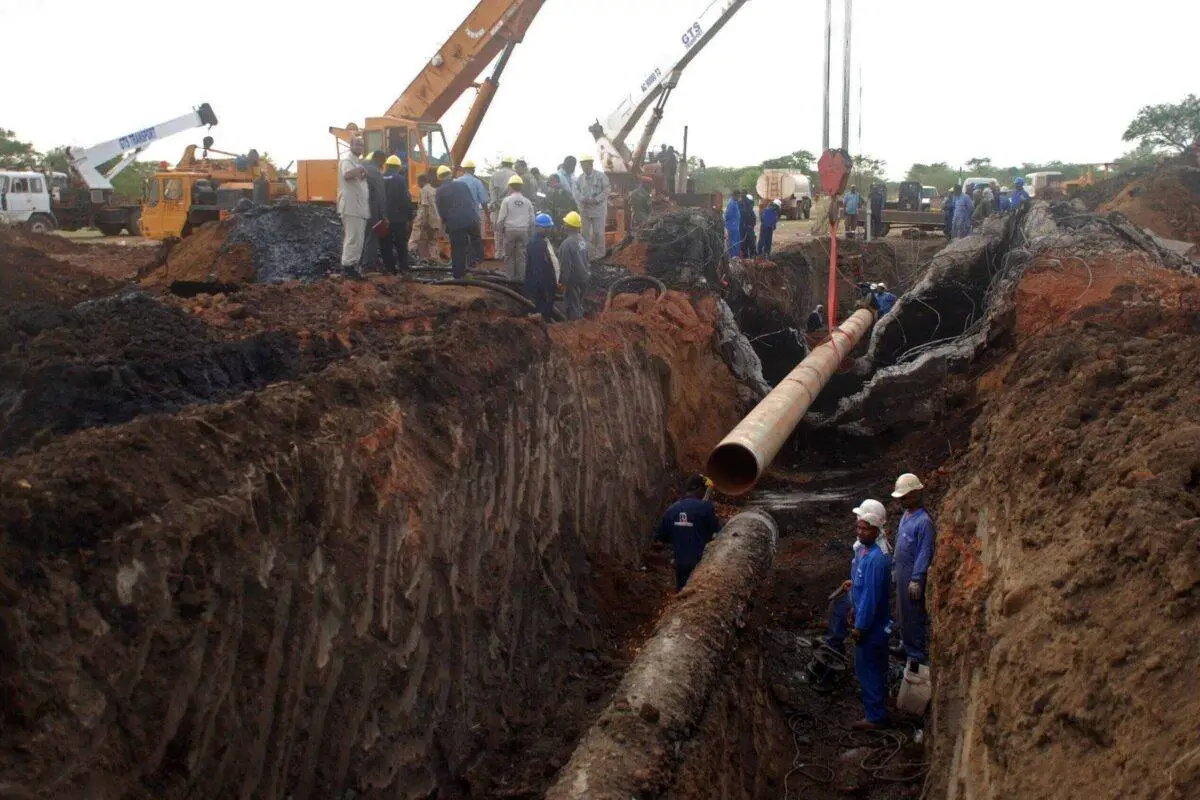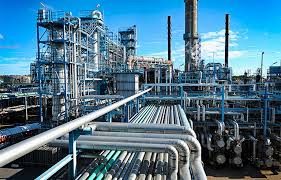Generation

Global Renewable Power Capacity to Double by 2030 Despite Supply Chain and Grid Challenges — IEA
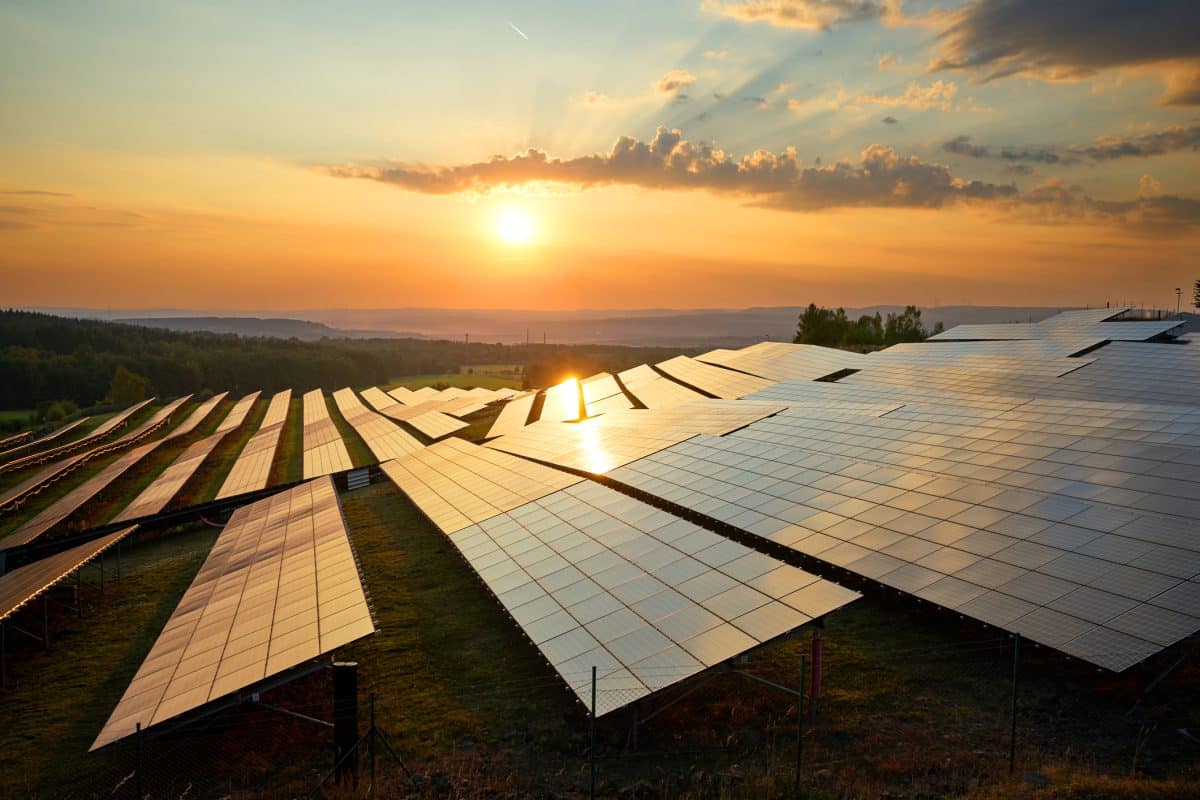
Global renewable power capacity is set to more than double by 2030, even as the sector navigates mounting challenges related to supply chains, grid integration, and financing, according to the International Energy Agency’s (IEA) Renewables 2025 report released this week.
The IEA forecasts an increase of 4,600 gigawatts (GW) of renewable capacity by the end of the decade — the equivalent of adding the total power generation capacity of China, the European Union and Japan combined. The growth will be driven primarily by solar photovoltaic (PV), which is expected to account for around 80% of the expansion, followed by wind, hydro, bioenergy and geothermal.
“Solar PV is on course to account for some 80% of the increase in the world’s renewable capacity over the next five years,” said Fatih Birol, Executive Director of the IEA. “In addition to growth in established markets, solar is set to surge in economies such as Saudi Arabia, Pakistan and several Southeast Asian countries. As renewables’ role in electricity systems rises, policy makers need to pay close attention to supply chain security and grid integration challenges.”
World could miss global warming goals: IEA
The report highlights that geothermal installations are on track to reach record highs in markets such as the United States, Japan, Indonesia, and several emerging economies. Meanwhile, interest in pumped-storage hydropower is growing, with expansion expected to be 80% faster over the next five years compared to the previous period.
Emerging economies in Asia, the Middle East and Africa are expected to play a central role in renewables’ acceleration, supported by competitive costs and ambitious national targets. India, in particular, is projected to become the world’s second-largest renewables growth market after China and is on track to meet its 2030 goals.
However, the IEA notes a slight downward revision in overall global growth compared to last year’s outlook, mainly due to policy changes in the United States and China. The early phase-out of US federal tax incentives and China’s move from fixed tariffs to auction-based systems have reduced near-term project economics.
These setbacks are partly offset by stronger momentum in other regions, notably India, Europe and emerging markets, where favourable policies, expanded auction programmes and increased rooftop solar deployment are fuelling growth. Corporate power purchase agreements and utility-scale contracts are expected to drive 30% of renewable capacity additions by 2030 — double the share in last year’s forecast.
Wind power, though facing short-term headwinds from high costs and supply bottlenecks, remains on track for steady expansion, particularly in China, Europe and India. Hydropower, bioenergy and geothermal will continue to play essential roles in enhancing system flexibility and reliability.
The IEA warns that global supply chains remain heavily dependent on China, especially for solar PV components and rare earth elements used in wind turbines. Concentration in key production segments is expected to remain above 90% through 2030, underscoring the need for diversification.
The report also points to the growing strain on electricity systems due to the rapid rise of variable renewables. Curtailments and negative pricing events are becoming more frequent, signalling the need for accelerated investment in grids, energy storage, and flexible generation.
While renewables’ role in electricity generation is expanding rapidly, progress in transport and heating remains modest. The IEA expects renewables’ share of transport energy to rise from 4% today to 6% by 2030, driven by electric vehicles and biofuels, while their share in global heating is projected to increase from 14% to 18%.




